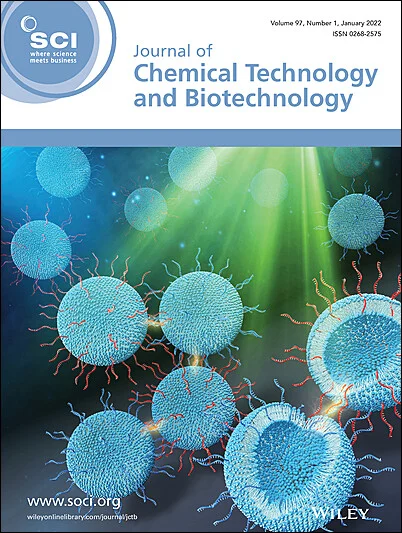Impact of dual nitrification on denitrification potential and process configuration at elevated temperatures – experimental appraisal and modeling
Abstract
BACKGROUND
Leachate has a rare asset of dissipating heat energy, triggering elevated temperatures in the reactor volume, due to its excessive organic matter (chemical oxygen demand – COD) content. This paper elaborated this asset to investigate its impact on the growth kinetics of the two microbial groups responsible for the sequential oxidation of ammonia to nitrate. It also performed a model evaluation of microbial kinetics to explore the merit of using nitrite for the sustainable leachate treatment via nitrogen removal and control.
RESULTS
Experimental evidence showed that the residual energy in leachate sustained a high temperature of 35 °C in the reactor volume under summer conditions. The functional relationship at this temperature between aerobic sludge age (θXA) and respective ammonia, nitrite and nitrate profiles indicated that it was possible to segregate oxidized nitrogen compounds where nitrite became the dominant fraction for θXA values between 4.0 and 5.0 days, and nitrate above 6.0 days, offering the possibility of using nitrite as an electron acceptor in denitrification. The highly biodegradable nature of COD ascertained by COD fractionation experiments provided enough denitrification potential to remove all nitrite available within an unusually small anoxic volume of 10% of the total reactor volume.
CONCLUSION
Results, both experimental and modeling, enabled to propose and justify an innovative operational scheme based on nitrite recycling and for sustainable nitrogen removal with a total sludge age lower than 6.0 days. This sludge age level represents a borderline level of what is considered to be a high rate activated sludge process designed only for organic carbon removal. © 2025 Society of Chemical Industry (SCI).



 求助内容:
求助内容: 应助结果提醒方式:
应助结果提醒方式:


